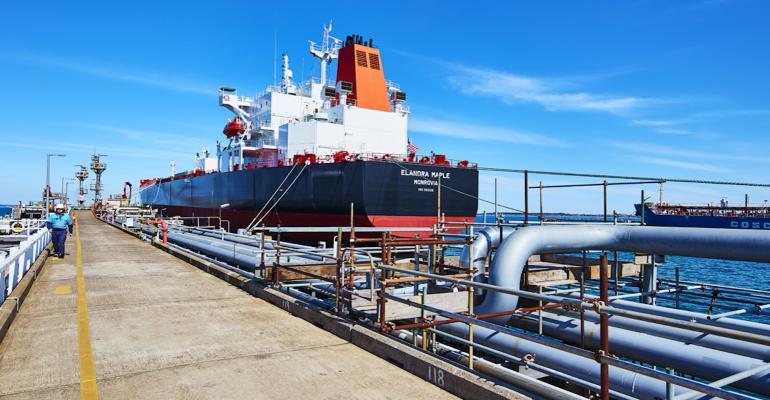The fuel, which has been in development for over 12 months, has been trialled by a number of customers and will be available in Melbourne and Geelong from October 2019.
The VLSFO is manufactured at Viva Energy’s Geelong Refinery, and is the first low sulphur fuel oil to be produced in Australasia.
“The introduction of this new fuel is a significant milestone for Viva Energy and our shipping customers. It’s a testament to our technical and refinery capabilities, our ongoing commitment to meet the needs of our customers, and our support for tighter fuel quality standards which can benefit the environment,” said Scott Wyatt, ceo of Viva Energy.
“By leveraging our technical and local refining expertise, we have created a high quality fuel that ships can rely on to ensure compliance with the new regulations, with no detriment to operational safety and efficiency, while driving significant savings versus other fuels such as marine gas oil (MGO),” he said.
From 1 January 2020, IMO’s Marpol Annex VI regulation will limit the bunker sulphur content to 0.5% from the current 3.5%, in a move to reduce sulphur oxide emissions globally.
In comparing Viva Energy’s new VLSFO to other IMO 2020 compliant fuels namely diesel and MGO, the company said its fuel has some notable advantages including an expected price benefit.
Thys Heyns, general manager at Geelong Refinery, said: “Viva Energy’s VLSFO is expected to be cheaper than diesel and MGO. Its viscosity and lubricity are better than diesel’s, and it is higher in density meaning ships have the ability to run further on VLSFO.
“Because we manufacture the fuel locally ourselves, we have full control over the process and can guarantee a high quality and consistent product. This means less risk and no surprises for our customers who use the fuel. It is compatible with most existing fuel systems on board, meaning ships can use the fuel without having to make significant upgrades,” Heyns explained.
Copyright © 2024. All rights reserved. Seatrade, a trading name of Informa Markets (UK) Limited.
Add Seatrade Maritime News to your Google News feed.  |

